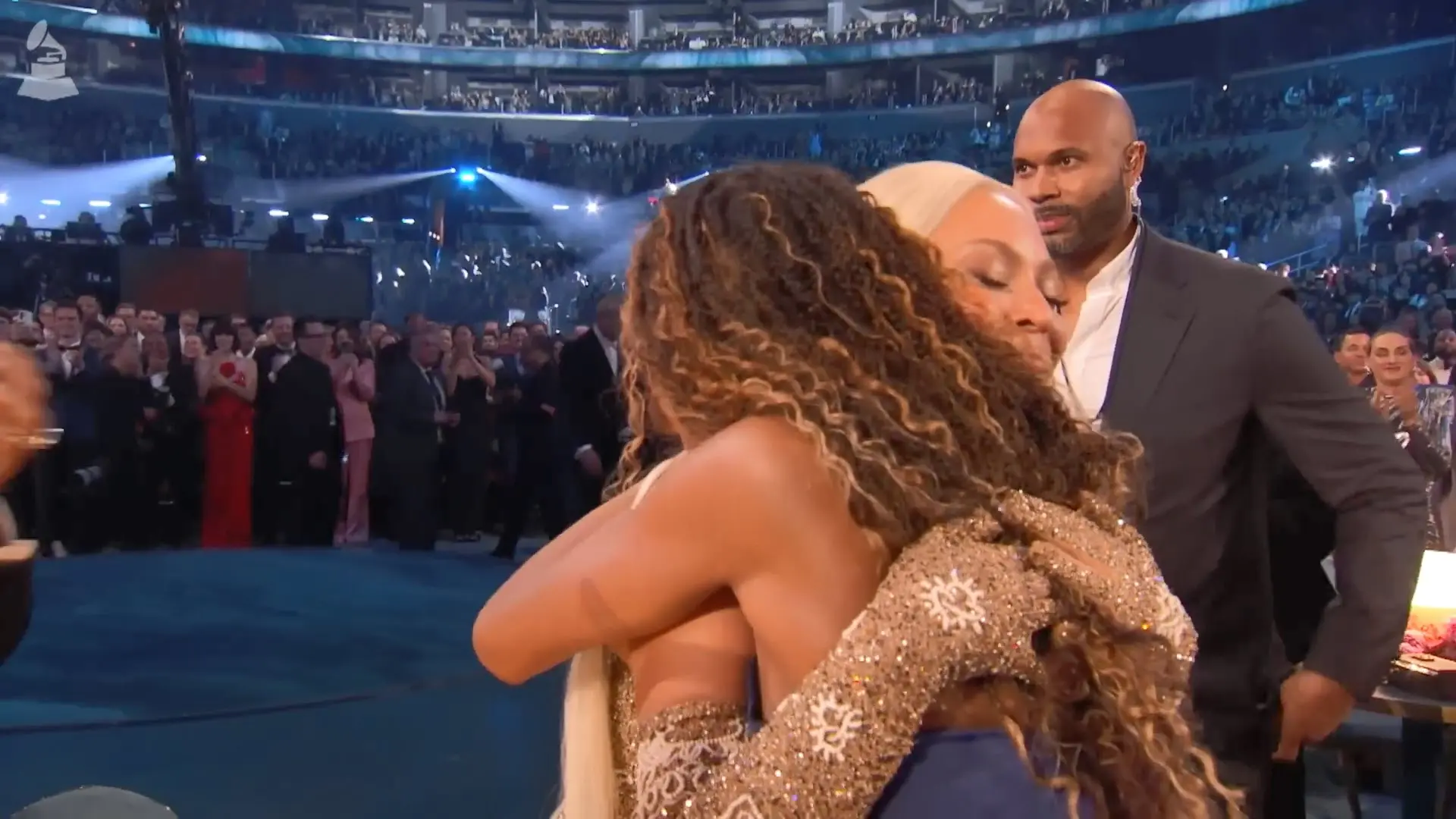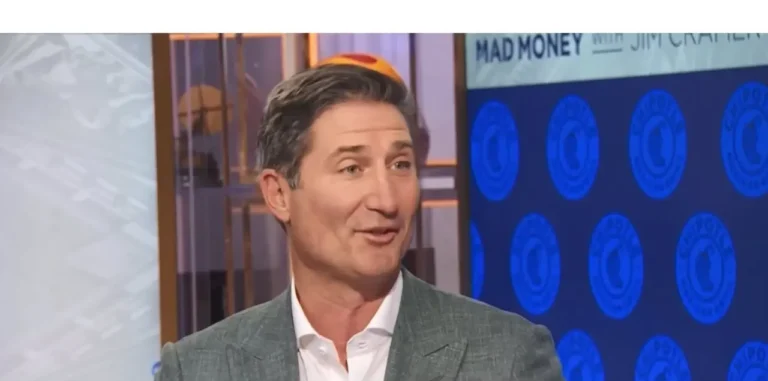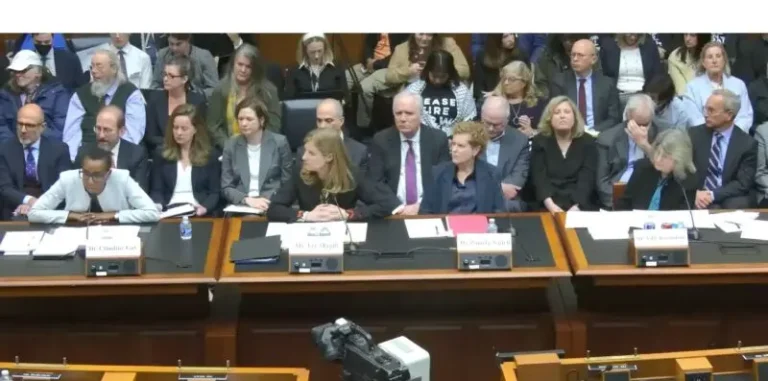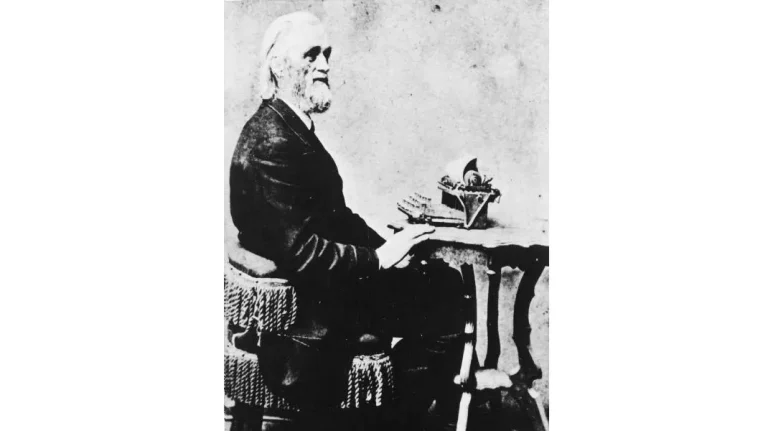How to Get Reporters’ Attention Without Press Releases
Strong reporting and creative storytelling attract everyone ― especially the news media
About a year ago, when Oscar de la Renta held its pre-spring runway show, the fashion house didn’t invite reporters.
“I don’t much see the point of engaging with the fashion press when they require a different show than what we require to bring to our customers,” Alex Bolen, CEO of the high-end brand, told Vanessa Friedman, chief fashion critic for The New York Times.
“I don’t know that having the press advances our business interest,” wrote the son-in-law of the late designer. “We don’t really engage with magazines at this point. We don’t have editors in to try to convince them to pull clothes. It’s not our priority. We want to focus on our customers and inspire them to buy.”
Friedman described the incident in her newsletter, calling it the “Beyoncé strategy.”
Nearly a decade earlier, the Beyoncé approach was summed up by The Wall Street Journal this way: “Her two-pronged strategy—embargo the traditional press and use Instagram to reach fans—ends up wresting power away from the media, including the tabloids.”
Many companies also employ the strategy, Forbes contributor Lilian Raji wrote last month.
“This pivot reflects a deeper transformation reshaping every aspect of modern media relations strategy,” she wrote.
Communicating directly with your customers, employees and industry is a key tenet of what we call brand journalism. But that does not mean you should leave news media out in the cold.
Pitching stories to reporters and editors complements the effort to directly reach the audience. But brand journalists pitch well-told stories, not press releases.
Recent studies by Pew Research Center, Reuters Institute for the Study of Journalism and press release platform Muck Rack help make the case for organizations to adopt brand journalism. But first, what is it?
Think differently
We train communication teams to use the same techniques that reporters and editors use, such as reporting, interviewing and storytelling, to build a company’s reputation.
Brand journalism is different from content marketing, which focuses on a company’s products and services to generate leads. Brand journalism is intended to build awareness by delivering the news and information your audience wants about your industry, whether it’s health care, financial services or air travel.
PR isn’t working
Brand journalism has gained some momentum in part because traditional methods have stalled. Among journalists, 49% say that just a tenth of their stories or fewer stories start with pitches, according to Muck Rack’s “The State of Journalism 2025,” released last month.
There are several familiar reasons for this dismal batting average. The amount of business news coverage is shrinking. The decline in the number of readers of daily newspapers isn’t offset by the growing number of online news outlets.
As a result, many good stories don’t get told by the news media. Instead, they are lost in press releases, which aren’t intended for general audiences. Even reporters and editors don’t like reading press releases, as demonstrated by the rock-bottom open rates of emails from PR pros.
What the audience wants
There’s another limitation to the reach of the news media. People don’t want to pay for news. More than eight out of 10 Americans say they have not paid for news in the past year, according to a survey released by Pew Research Center released last month.
When people hit an online paywall, about a third give up while 53% seek the information elsewhere, Pew found.
Yet people want news.
“People don’t always like news, but they say they need it,” a Pew research team concluded in a study released in May. “While many express negative emotions surrounding news (such as anger or sadness), they also say it helps them feel informed or feel that they ‘need’ to keep up with it.”
“People generally said they want information without opinions or commentary,” Pew found.
Yet most companies bury their news in self-congratulatory opinion, a credibility-damaging flaw in many external communications that we described last month. To be sure, people’s actual news consumption often contradicts their preference for “just the facts,” Pew acknowledges.
When people read something online that they suspect might be false, they use a variety of sources to check it out, according to a Reuters Institute survey.
In the U.S., a trusted news source is preferred by 38%, followed closely by an official source, such as a government website (35%) and a search engine (33%), the survey found.
A new approach
Brand journalism seeks to fill that news and information gap created by the contraction of the news media.
Brand journalists don’t write press releases. Instead, they write stories that aim to be worthy of publication by leading news organizations. Those stories are posted to a news site ― separated from sales, marketing and product info and other webpages ― that’s designed to be as well-organized and attractive as the sites of news outlets.
With rigorous reporting, organizations can establish themselves as trusted sources of information for their prospects, customers and the news media.
Consider the experience of Renata Nyul, vice-president of communications at Northeastern University, who directs a vibrant news site.
Her team of journalists hustle to put their organization in the mix of each day’s news, which builds an audience, especially of reporters and editors.
“We tend to focus on timely things happening,” she said during a 2023 conference.
Northeastern Global News often features the expertise of the school’s faculty on a wide range of ongoing news stories.
“Not only does the press find our stories, but we actually have a very impressive tally of page views coming from all over, including audiences, readers who have no affiliation with Northeastern,” Nyul said.
The Boston-based university’s communications team doesn’t pitch everything to reporters.
“The cardinal sin, which is: You don’t really have news,” she said. “What you’re pitching is really not that interesting, not that cutting edge. And you do too much of that, you kind of devalue your currency.”
Beyoncé has many accomplishments in her career, including an Album of the Year Grammy for “Cowboy Carter” in February. Inventing the go-direct-to-the-audience comms strategy isn’t one of them. It’s as old as the public relations profession.
While the strategy can be employed without excluding the news media, communicators would do well to imitate Beyoncé’s diligence.
In a Q&A by email with GQ magazine last year, she said, “We took our time, and we did our research, and we have earned respect for our brand.”
Tom Corfman, a senior consultant with Ragan Consulting Group, doesn’t question that “Cowboy Carter” is a country music album. We help organizations make the transition to brand journalism from traditional PR. Contact Tom for a free newsroom review and consultation.
Follow RCG on LinkedIn and subscribe to our weekly newsletter here.







